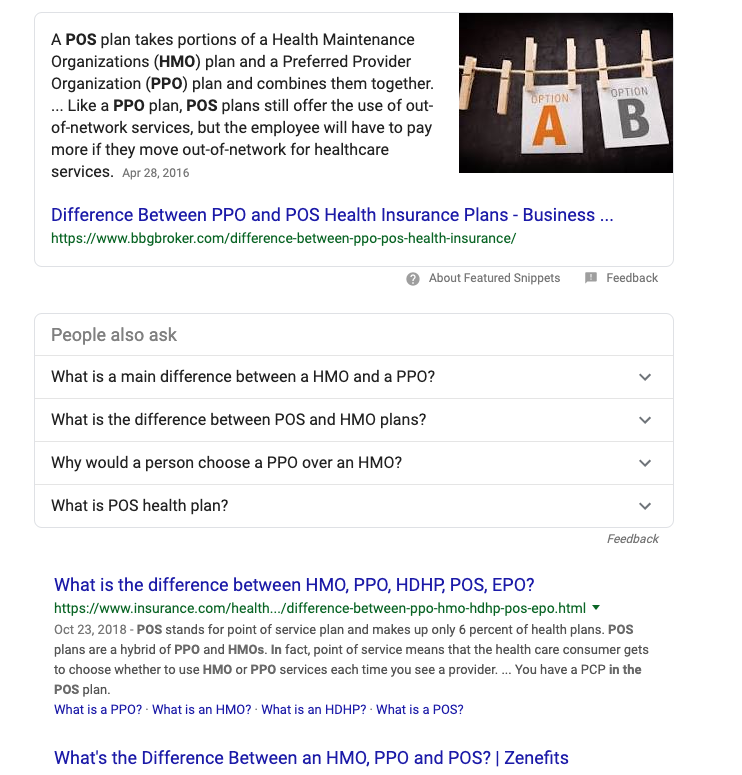
Marketing really comes down to two facets: inbound marketing and outbound marketing. Some of you might be thinking this is too simple. Others may be thinking this is too complex. Like many things, the answer is probably somewhere in the middle.
Marketing can be complex and it can be simple. There are many models, tools, and tactics can be employed which involves determining the proper analytics to measure it all. That can be complex but the way you engage prospects and customers comes down to inbound or outbound.
Of course, just because it comes down to inbound vs. outbound doesn’t make it simple because both have many options. Finding the right option can be the biggest challenge of all.
Regardless of whether it’s an integrated plan, such as PESO, or if it’s stand-alone tactics, you need to understand the differences between both.
What is Outbound Marketing?
Outbound marketing typically lends itself to traditional methods such as television ads, print ads, radio ads, events, billboards, and telemarketing. Digital advertising also has outbound tactics such as banner ads, social media ads, and search engine ads.
It’s outbound because you are reaching out to people. Outbound marketing tends to focus on reach. You are trying to get in front as many people as possible and the focus is typically awareness.
May I Interrupt You?
Outbound marketing is interruptive in nature. Your watching television and they go to a commercial interrupting your show. Maybe you’re on a website and a banner ad is blinking get your attention in the hopes you stop what you’re doing and click.
These are all tactics that interrupt whatever we are doing to get our attention. While there is no doubt that outbound marketing works, many people don’t like having it pushed on them at the expense of what they are doing.
Based on this, it isn’t surprising that people will ignore outbound marketing. According to Hubspot, 86% of people skip television ads. Additionally, they found that 84% of people 25-34 left their favorite website because of what was considered intrusive or irrelevant ads and 91% of people have opted out of a company email that they had previously signed up for.
It’s not always when you’re consuming media. DirecTV took up residence at my local Costco and every time I walk in, they are there trying to interrupt my shopping to sell their product. I don’t know about you but I don’t go to Costco with the idea that I’m going to sign up for DirecTV.
Qualities of Outbound Marketing
There are certain qualities that mark outbound marketing. It’s one-way communication. You can’t interact with the Coca-Cola ad that you see on television. It’s all about the message being pushed on you.
Outbound marketing depends on reach. It is seeking to be in front of as many eyes as possible to get to the prospects that are interested.
Marketing that is done on a traditional channel such as television, radio, print, or billboards isn’t cheap. You are paying to reach as many eyes as you can and this comes with at a premium price.
What is Inbound Marketing?
Inbound marketing focuses on attracting people to us. Like outbound marketing, there are many options. Blogs, social media, and search engine optimization are all tactics that fall under inbound marketing.
Customer behavior has been a big factor in the move to inbound marketing. With the internet, people have access to all sorts of information anytime they want it. With inbound marketing, it’s having the right information for the right person at the right time.
Can We Help You?
If I want to find out what is on the menu at McDonald’s, it’s as simple as going to their website. Don’t know the difference between a PPO, POS, or HMO plan? No problem just Google it and get a search engine results page with information.

This is why search engine optimization is important. A customer isn’t searching for us per se, they are searching for information. Search engine optimization efforts are to tell the search engine, “We have information on this.”
Inbound marketing focuses on earning an audience’s interest and trust. Much the time this is done by sharing information.
I write a blog post every week. I share my knowledge with the hope it’s going to help somebody. But of course, blogging is inbound marketing so I also blog so people can see I know what I’m talking about. If they read long enough, hopefully, I earn their trust and maybe their business.
Think about it for a minute, would you buy something from a person you don’t trust? There isn’t really a way to earn trust with outbound marketing but with inbound marketing, I can show my expertise on a range of topics.
I have told this story on several occasions but here it is again. I visited the Spin Sucks blog on and off for a period of several years. One day I found an article via social media on the blog that looked interesting. It ended up being a really enlightening article. It was enough for me to start looking through the rest of the blog to see what I had been missing. That day, they hooked me. I became a regular reader.
Over a period of time, I became a part of their community and have they have been super helpful. They are more than just a site that I frequent. I have a relationship with the Spin Sucks team and with people within the community.
I have downloaded ebooks, resources, attended chats, purchased webinars and masterclasses from them. It all started with one article that I read one day that was the right content at the right time.
Qualities of Inbound Marketing
The first quality is one I have already talked about. With inbound marketing, you aren’t interrupting whatever people are doing to get their attention. You want them to come to us via search engines, social media, and referrals.
Trust is an important element so You’re not going to jump into a sales pitch. You are going to be helpful and try and address topics that our audience wants to know about.
This type of marketing lends itself more to a two-way conversation. People can engage via social media or in the comments section with questions or their own thoughts (which I really encourage you to do because it’s more fun when we have a conversation).
Finally, inbound marketing is less expensive. It costs 62% less for a lead than it would cost with traditional marketing.
To be Outbound or to be Inbound…
Which one should you use? The answer is, it depends. What are your goals? What are you trying to accomplish?
Depending on what I’m doing and what my goals are will depend on which one I use. Any advertising is going to fall under outbound because you are trying to get somebody’s attention and this includes digital marketing. If you are running ads on social media or on a search engine, you are doing outbound marketing.
What I really like to do is use outbound marketing in conjunction with inbound marketing to attract and earn attention. It makes a powerful one-two punch.
That said, I don’t use traditional outbound marketing at all because it’s too expensive. Social and search engine ads are much cheaper than traditional ads on television or in print and they work well with what people are already doing such as searching or looking engaging in social media.
Now I ask you, have you used inbound or outbound marketing? What kind of results have you seen? What were the pros and cons? Sound off in the comments.
- The Importance of Creating a Connection With Your Marketing - June 6, 2024
- Reach vs Visibility: Which is Right for Your Marketing? - February 13, 2024
- Focus Your Marketing Efforts By Saying “No” - December 13, 2023
